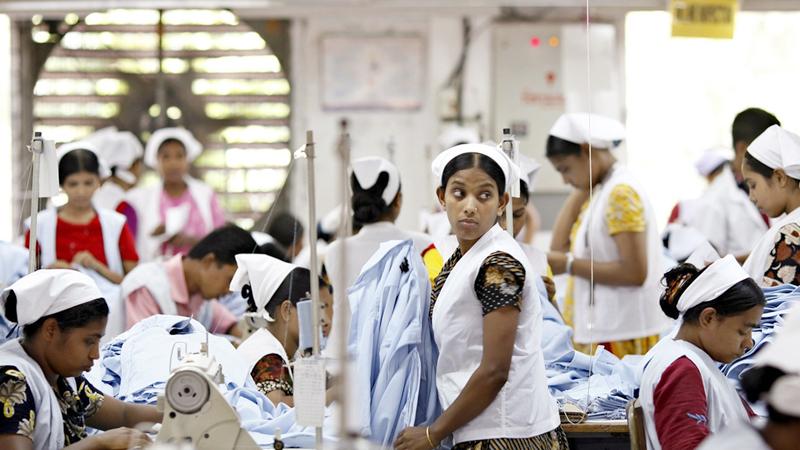
The adverse effects of climate change, such as floods, erosion and landslides are increasingly hitting businesses in coastal regions. A new project lead by UNEP DTU Partnership was initiated last week in Colombo, seeking to help businesses adapt to these effects, to create a positive impact throughout the country.
The project aims to develop an innovative and sustainable way to build businesses’ adaptation capacity in the garment sector that can later be replicated and scaled across other sectors and countries. In the long-term, adapting to climate change will benefit not only the businesses themselves, but also their supply-chain, local communities, insurance companies and banks.
The project also aims to inform the government of Sri Lanka’s national climate adaptation and disaster management strategies by strengthening policies that can build the resilience of businesses at large to climate change.
With the support from the Nordic Climate Facility, UNEP DTU Partnership, Asian Disaster Preparedness Center, the Ceylon Chamber of Commerce and MPEnsystems have created a consortium with the objective of developing a disaster risk management and business continuity product. This product will enable businesses to reduce their recurring losses and continue their business operation during extreme weather events.
Coastal cities in Asia are increasingly at risk from climate-related disasters, such as floods, landslides and coastal erosion. This is negatively affecting local inhabitants as well as businesses, which is also the case of garment industry in Sri Lanka, the country’s leading export industry.
Climate change is expected to further exacerbate the risks of floods and landslides, causing direct and indirect losses to businesses and cascading impacts on the economy and society. The Sri Lankan garment industry plays a key role in the country’s economy and development accounting for approximately 40 percent of total exports, and providing about 33 percent of the manufacturing employment in the country. By helping the industry adapt to climate change, the project will have a positive impact reaching far beyond the businesses themselves.
Financially and technically feasible solutions for businesses to implement adaptation initiatives exist. However they are in general unaware of the adaptation measures they have at their disposal and of the potential these measures have to reduce their risks and losses in the long term.
The business concept proposes to integrate long-term climate adaptation solutions in business operations, in a manner, which is cost-effective and contextually adapted to the disaster prone businesses in the garment industry in Sri Lanka.
The project will conduct an in-depth analysis of the disaster impacts and related costs incurred by businesses, and actors’ behaviours, preferences and existing governance structures. This will inform the design of a prototype toolkit, which will be piloted in selected flood-prone case areas.
